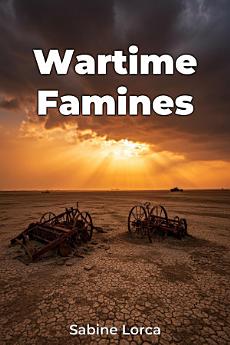Wartime Famines
About this ebook
For instance, targeting food supplies has been strategically employed to weaken enemy populations, while warfare inherently disrupts agricultural cycles and humanitarian aid, leading to widespread starvation. This book uniquely emphasizes the agency of affected populations, showcasing their resilience and resourcefulness in the face of adversity.
Examining specific case studies, from ancient sieges to 20th-century conflicts, each chapter focuses on a particular famine, its unique circumstances, and the responses of warring parties and international organizations. The book's approach combines primary documents, military archives, government reports, and eyewitness accounts to provide a comprehensive analysis.
The book progresses by first establishing a conceptual framework, then moving to specific case studies, and finally analyzing the lessons learned for preventing future famines.







